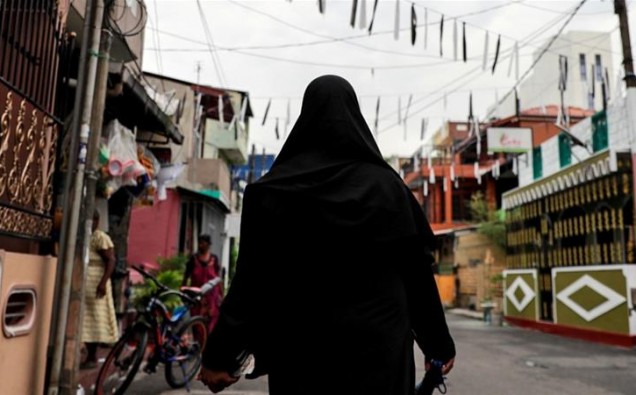Despite being a month on from the Easter Sunday 2019 attacks in 3 Sri Lankan hotels and 3 Sri Lankan churches, that claimed the lives of over 250 people, the divide between religions in the country is still very strong.
Following the attacks, a ban on veils has heightened tensions in the country based on religion. It has been perceived as aiming to prohibit women wearing the burqa, which covers a woman’s entire body, and the niqab, which covers her face apart from her eyes. This intends to improve “public protection” (in the words of President Maithripala Siresena) by stopping individuals from hiding their appearances. However, it seems to have led to discrimination against Muslim women who wear hijabs, which do not even cover the face (only the hair), and abayas (loose robe-like garments). For instance, some supermarkets have stopped women from entering because they are wearing the hijab, and a woman who attempted to attend a parent-teacher meeting at her daughter’s school in Colombo this month was stopped at the gates for wearing a hijab and abaya. The deputy headteacher was said to have accused her of hiding a sword under her abaya and demanded she removes her hijab. Frustratingly, the woman who was needlessly discriminated against here has still not heard back from the police.
The ban in question was decided by a meeting between the Sri Lankan Prime Minister and all religious heads in the country, including the country’s top Islamic body, the All Ceylon Jamiyathul Ulema (ACJU). At this meeting, the Archbishop Cardinal Malcolm Ranjith claimed that it would be “improper” to impose a ban dictating what Muslim women can wear. However, the next day the emergency ban was imposed nevertheless, resulting in posters being distributed country-wide displaying crosses over images of niqabs and burkas.
The Archbishop’s concerns about the ban has been echoed by such people as the Deputy South Asia Director of Amnesty International, Dinushika Dissanayake, who said that as Sri Lankan Muslims already “fear a backlash”, such a targeted ban on their religious wear could stigmatise them even further, “forcing (them) out of public spaces” such as work and “violating their rights to freedom of expression”. Overall, this ban may have started out as an emergency one, but people fear it becoming long-term due to its potential to allow men to police women’s actions, and leading to Muslim women being afraid to leave the house in case they are harassed. Muslims make up only 9.6% of the Sri Lankan population, and therefore making sure that they are not marginalised is an important issue. This is especially true as riots after the Easter Sunday attacks have already shown animosity towards Muslims in Sri Lanka, with mosques and Muslim shops and homes being set on fire or destroyed. These riots have been so severe and frequent that they have resulted in a countrywide curfew.
Charlie Murray


















